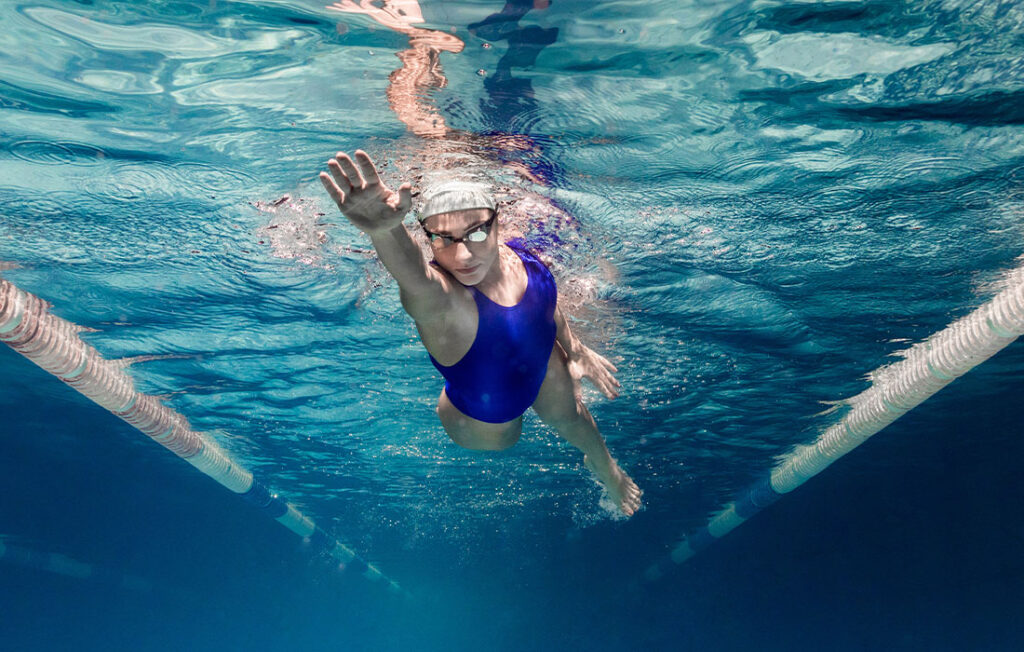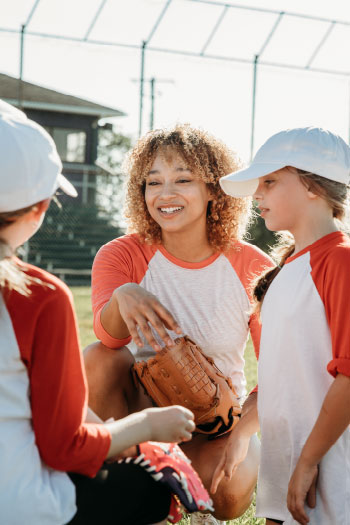Learn How to Prevent Emotional & Physical Abuse and Misconduct in Sport

Building healthy relationships and modeling positive behavior set the tone for an abuse-free sport environment.
Societal issues such as physical and emotional abuse are bad enough. They’re especially troubling when they find their way into spaces assumed to be safe—like school or sport—where kids learn, play, and grow.
Take bullying, for instance. According to the CDC, bullying is considered a form of youth violence and an Adverse Childhood Experience (ACE). About 1 in 5 high school students reported being bullied at school in the last year.[1] Bullying isn’t a rite of passage. It has real impacts. Youth who experience bullying are at increased risk for depression, anxiety, sleep difficulties, lower academic achievement, and other negative outcomes.[2]
Preventing bullying, harassment or other abuse or misconduct in sport is a moral imperative. Parents, coaches, and other adults can play a key role by modeling respectful behavior and establishing clear expectations that leave no room for such behavior.
“As adults and coaches, we owe it to the kids to make sure they’re training in a safe environment”
Nate Becker,
vice president and head club coach at Chaparral Wrestling Club in Parker, Colo.
The U.S. Center for SafeSport’s Emotional & Physical Abuse & Misconduct Toolkit, created for adults who work directly with young athletes, provides proactive strategies and real-world examples that can help coaches, volunteers and others prevent abuse from taking root in sport settings.
Healthy, professional coach-athlete relationships are the foundation of good culture. The toolkit lays out how effective coaches use respect, support, positive discipline, and motivation to encourage performance and sportsmanship. It also reminds us how some old-school coaching techniques—such as withholding water or using belittling language—are now considered abusive.
The Center’s toolkit also lists a set of practical principles to help adults establish a culture of respect from the beginning. They include:
- Setting clear behavioral expectations
- Modeling appropriate and respectful behavior
- Being consistent in communicating and holding people accountable
- Responding to misconduct immediately

Another important tactic outlined in the toolkit is bystander intervention. Empowering athletes with the confidence and skills they need to step in and stop misconduct among peers can be very effective. Positive intervention keeps harmful behavior such as bullying from escalating or recurring and reinforces what is acceptable and what is not.
“The athlete comes first,” says Becker. “Winning and losing is a byproduct of the process. The end goal is safety, experience, fun. And creating an atmosphere that’s safe leads to a fun environment.”
Download the toolkit for more information and resources. Together, we can stop abuse in sport in its tracks.
References
- Centers for Disease Control and Prevention, Fast Fact: Preventing Bullying, “How big is the problem?” https://www.cdc.gov/violenceprevention/youthviolence/bullyingresearch/fastfact.html, accessed April 4, 2023.
- Centers for Disease Control and Prevention, Fast Fact: Preventing Bullying, “What are the consequences?” https://www.cdc.gov/violenceprevention/youthviolence/bullyingresearch/fastfact.html, accessed April 4, 2023.
